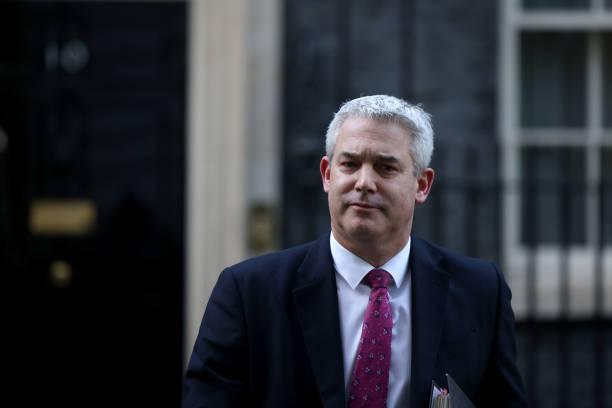The NHS is paying reparations for the care system’s broken funding model

Many families are claiming back money owed to them because of the flaws in how care homes funding is organised. This way, the NHS ends up spending an awful amount of money, writes Elena Siniscalco
Considering whether a parent, relative or partner might need to move into a care home is no happy business. The process is all-consuming, delicate and above all, expensive. People selling their houses to be able to afford care is now accepted as a fact in the UK, but would look extreme in many other countries.
Of the estimated 360,792 care home residents in England, almost 35 per cent are self-funders. The costs are high: the average weekly cost of a residential care home in the country is £704. For a nursing home, where residents get 24-hour support, the cost is £888 per week.
The NHS differentiates between health needs – related to disease, illness, injury or disability – and care needs, which is when you need help to go about with everyday tasks. If someone’s needs are primarily related to health, the NHS covers all costs under something called Continuing Healthcare Funding (CHC). Or at least, it should.
But there are families across the country now claiming back money which was owed to them, because of the myriad flaws in how social care funding is organised. These are people who had to go through the trauma of selling their family home to ensure an elderly relative was looked after, and were often paid a pittance years after the fact.
To be eligible for the funding, the person needs to go through a screening process managed by the local integrated care board. But the assessment tool used by the care boards is open to interpretation. It leads to a postcode lottery system that sees huge disparities in the number of people who get the money in different parts of England.
In the north west of England, 5,059 individuals were eligible for funding in the third quarter of 2022/2023, while 6,709 got the funding in north east and Yorkshire and 6,225 got it in the Midlands. By contrast, only 3,724 people were eligible in the east of England, 2,858 in the south west and 3,890 in London. The population size does not account for the differences: you’re simply more likely to get funding in the north than in the south.
The assessment is based on indicators including mobility problems, medications and cognitive impairment. They’re judged on a scale that goes from no need to priority. The board also looks at the nature, intensity, unpredictability and complexity of someone’s needs. It’s easy to see how these descriptive indicators lead to subjectivity.
“It shouldn’t be a financial decision, but we’ve seen cases where it has”, says Lisa Morgan, partner and head of nursing care at Hugh James. Some local boards, pressured by reduced social care budgets, enforce a restrictive – or sometimes just wrong – interpretation of the indicators.
On top of that, a lot of people don’t know about this funding, so don’t even ask for the assessment to be undertaken. The number of people receiving it has reduced over the years, and yet we are an ageing population. Care homes earn more from self-funded residents, so have no incentive in advertising it – and broke local boards have no incentive either.
Paul and Jill Pearsons are only one of the many families affected by the cracks in the system. In 2006, they decided that Kath, Paul’s mum, needed to be in a care home as she suffered from Alzheimer’s and they weren’t able to care for her at home anymore. To pay for it, they had to sell her house – her total care fees amounted to over £230,000. She was never assessed for Continuing Healthcare Funding, despite her condition – and additional mental health issues.
Only years after, when they moved her to another facility, they discovered she met the criteria for funding. Kath passed away in December 2014, a few months after being moved to the new facility, so Paul and Jill tried to get retrospective funding. Jill describes that as a terrible time. “We had to relive the worst moments of our lives to get her money back”, she says. In the end, after tax and all expenses, they got around £32,000 back.
Many families challenge the integrated care boards’ decision through the courts. If they’re successful, they get some of the money back – a kind of reparation payment on which the NHS spends a lot of money. “If they made the right decision in the first place, the contract with the private care home would be lower than what they have to pay back to the families”, says Morgan. Making the screening process more efficient makes sense not only morally, but also financially.
“You’re fighting a system that’s telling you that your relative’s health needs are not serious enough to be eligible for care”, says Morgan. Perhaps if the assessments were managed by a central body instead of local care boards, it would be easier to come to a universal interpretation of the eligibility criteria. What’s sure is that reforming the system would ultimately save the NHS money – and save many families the distress.